Ever seen photos of waves glowing neon blue at night?
Florida is one of the best places in the world to see bioluminescence, a natural phenomenon that occurs when tiny organisms in the ocean emit light.
This creates a magical spectacle of glowing waves, sparkling water, and even streaks of light in the air.
If you're hoping to catch this incredible phenomenon for yourself in Florida, you've come to the right place.
Explore the top 3 best spots in Florida to potentially witness these bioluminescent light shows by reading on.
Top Spots To See Bioluminescence In Florida
1. Indian River Lagoon
The Indian River Lagoon ecosystem along Central Florida's Atlantic Coastline offers prime bioluminescence viewing from spring through fall.
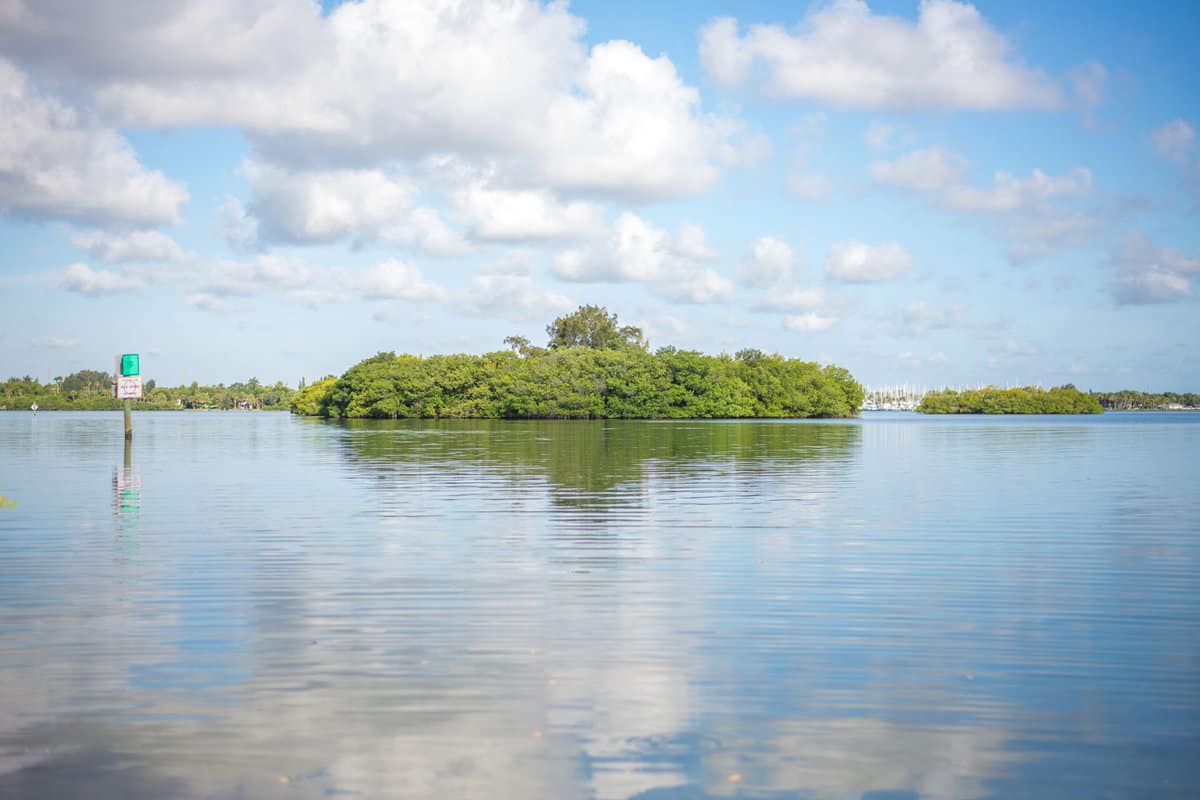
Organizations like A Day Away Kayak Tours lead guided moonlight paddling excursions to help visitors observe the glowing waters around areas like Titusville, Merritt Island, and Cocoa Beach.
Under the right conditions, paddlers can spot brilliant streaks and swirls of neon blue-green light trailing off their kayaks and illuminating the surrounding lagoon as fish, shrimp, and microorganisms like dinoflagellates move through the calm waters.
2. Sanibel & Captiva Islands
The interconnected west coast barrier islands of Sanibel and Captiva near Fort Myers have become hot spots for witnessing bioluminescence, especially during summer months.
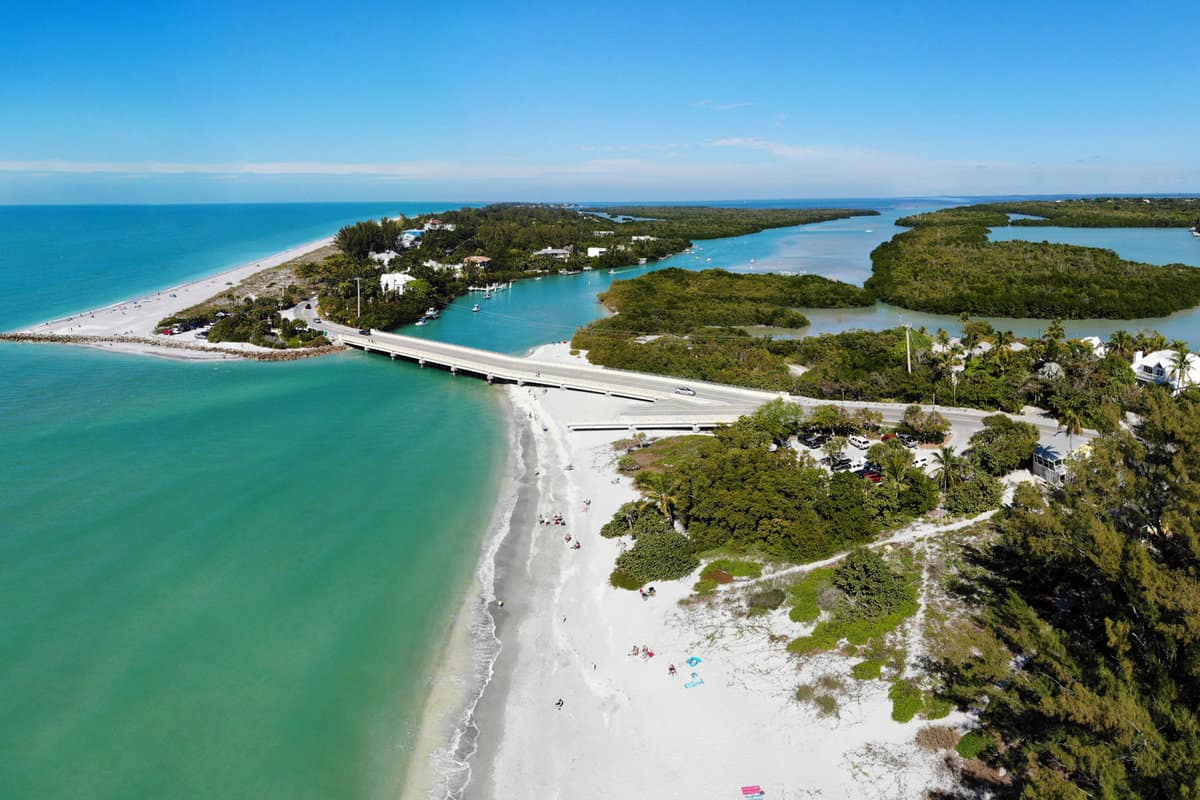
When certain algae blooms coincide with warm weather and increased nutrients in the water, the conditions are right for glowing light shows to occur around the islands several nights a month.
Visitors can walk the beaches after dark, take night cruises, or kayak through the bioluminescence for an intimate view of the waters glowing bright blue or green with each wave and paddle stroke.
3. Mosquito Lagoon
On Florida's east coast, within the Canaveral National Seashore, Mosquito Lagoon offers another prime location for seeing bioluminescence naturally light up the waters.

Guided kayak tours or clear-bottom pontoon nature cruises available from New Smyrna Beach provide opportunities to witness the glowing trails and flashes resulting from millions of dinoflagellates concentrated in the lagoon.
Timing revolves around the lunar cycle, with new moons bringing maximum darkness needed for the brightest bioluminescent displays on these tours.
With optimal weather conditions and some luck, witnessing bioluminescence along Florida's coasts creates unforgettable memories.
Also read: 7 Unique Florida Experiences: Discover Unforgettable Adventures
But respect dark viewing policies and tread lightly to sustain these fragile, glowing ecosystems.
On the right night, the waters come alive with natural fireworks to dazzle the senses.
Tips for Viewing Bioluminescence in Florida
Go out on a clear night with no moonlight.
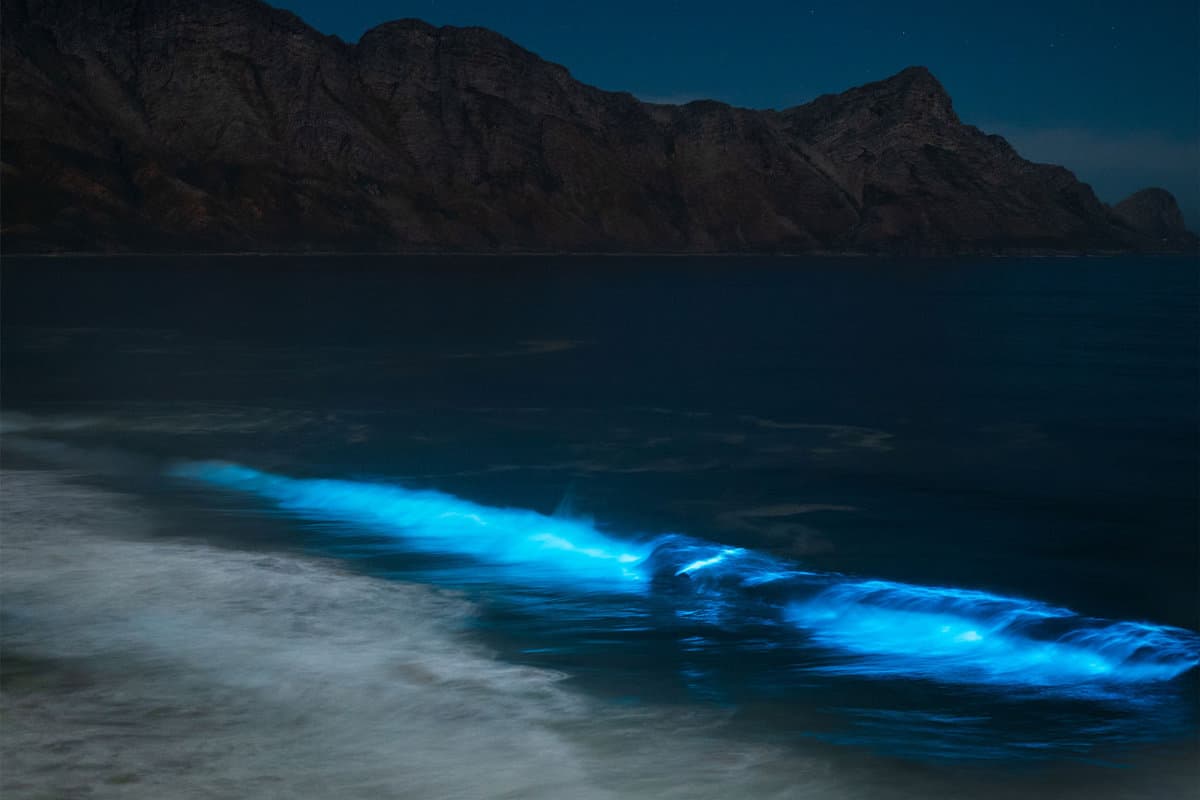
The light from the moon can wash out the bioluminescence, so it's best to go out on a night when the sky is dark.
Look for areas with calm water and low light pollution.
Bioluminescent organisms are more active in calm water, so it's best to avoid areas with waves or currents.
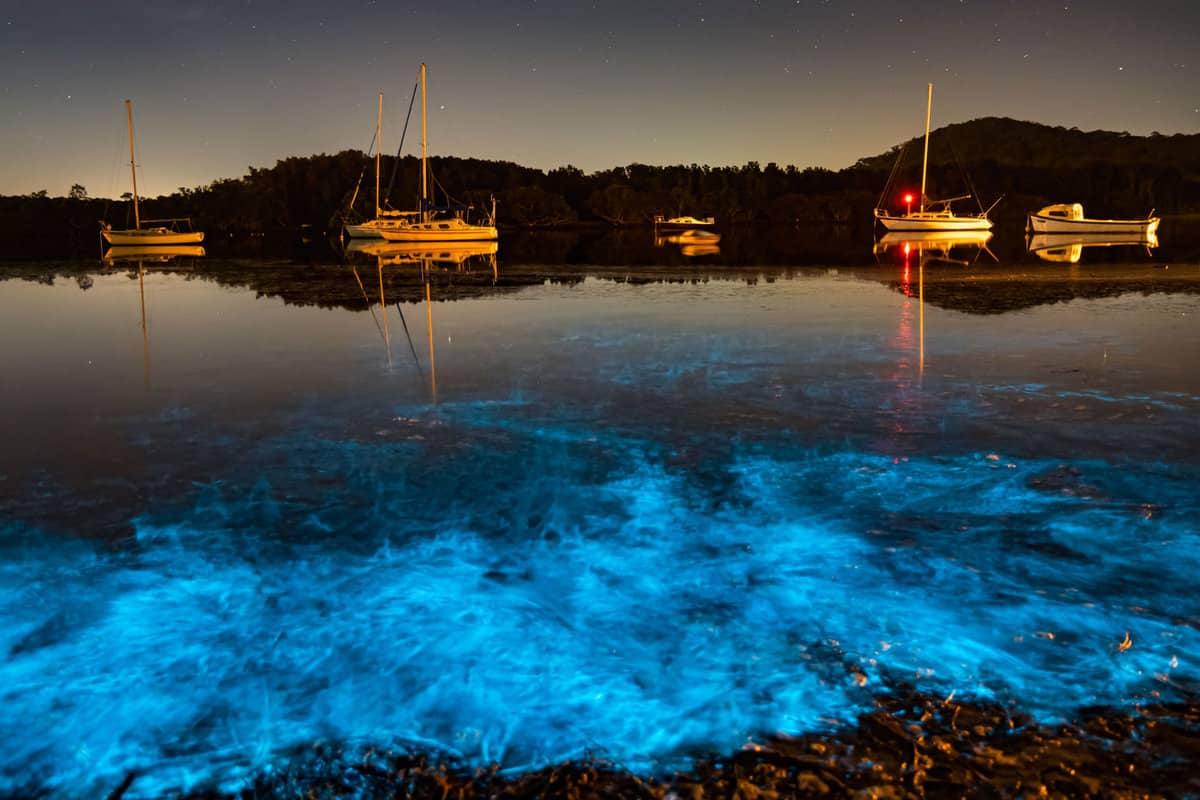
Light pollution can also interfere with the bioluminescence, so it's best to go to an area with low light pollution.
Use a flashlight with a red filter.
The light from a regular flashlight can disturb the bioluminescent organisms, so it's best to use a flashlight with a red filter.
The red light will not disturb the organisms and will allow you to see the bioluminescence more clearly.
Be patient and keep your eyes peeled.
The bioluminescence can be subtle, so it's important to be patient and keep your eyes peeled.
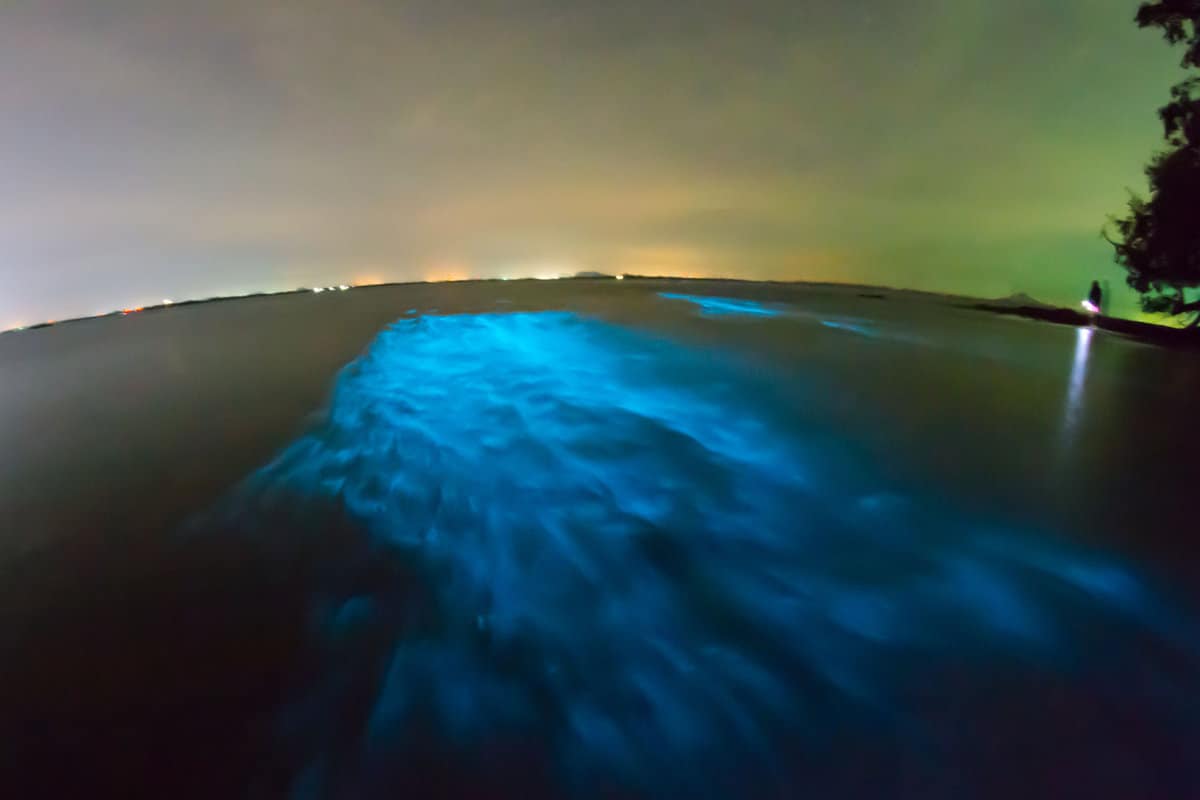
You may see the bioluminescence in the waves, the water, or even in the air.
Go in the spring or fall.
The bioluminescence is typically more active in the spring and fall.
Check the weather forecast.
If there is a storm coming, the bioluminescence may be less active.
Wear comfortable shoes.
You may be doing some walking in search of the best viewing spot.
Bring a camera.
You'll want to capture the magic of bioluminescence on camera.
What Causes Bioluminescence?
Bioluminescence refers to living organisms that can produce and emit their own light. This occurs through a unique chemical reaction within specific creatures.
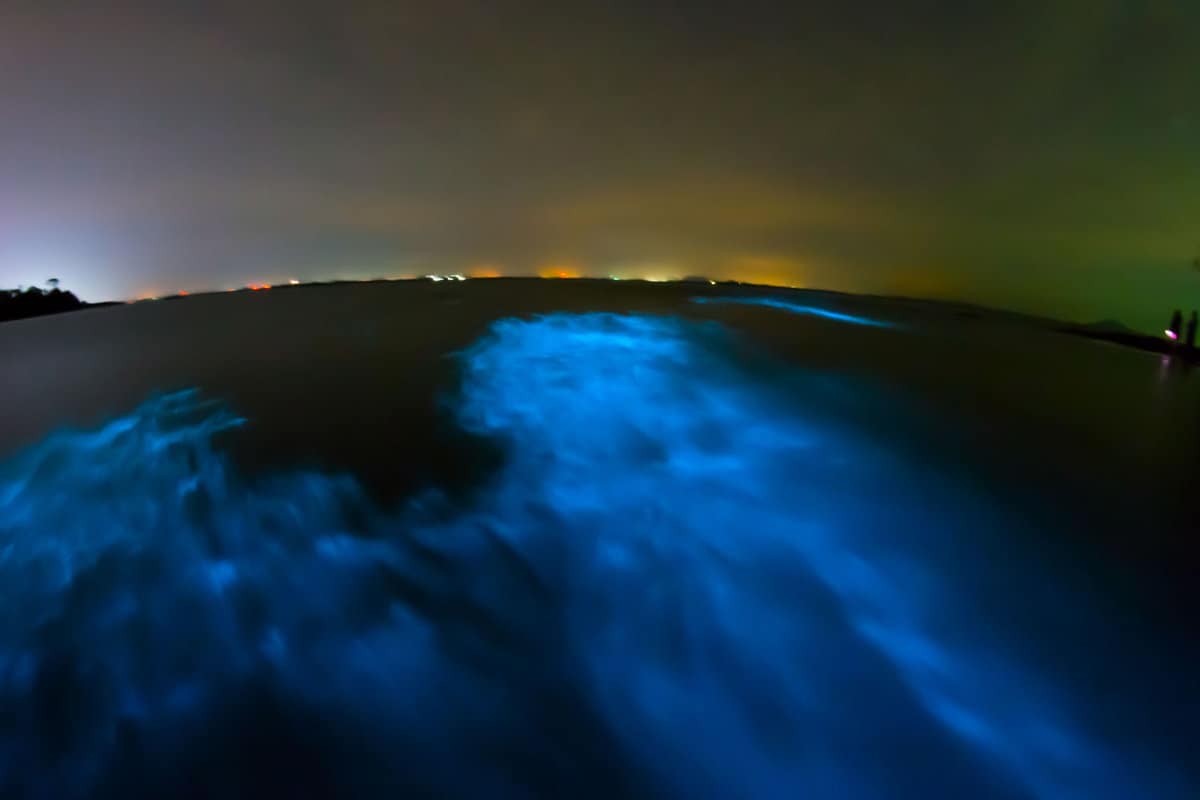
In marine environments, tiny planktonic organisms like dinoflagellates are responsible for bioluminescence.
Also read: This Florida River Near Orlando Illuminates At Night
When stressed through movement, waves, or other disturbances, they emit brief bright flashes or an eerie glow. Essentially, the organisms can turn their light on and off like a living lightbulb!
This rare phenomenon only occurs when conditions are perfect, like hot summer months that bring nutrients rising to surface waters where these creatures congregate.
That's why bioluminescent displays are fleeting and not a guaranteed sight.
